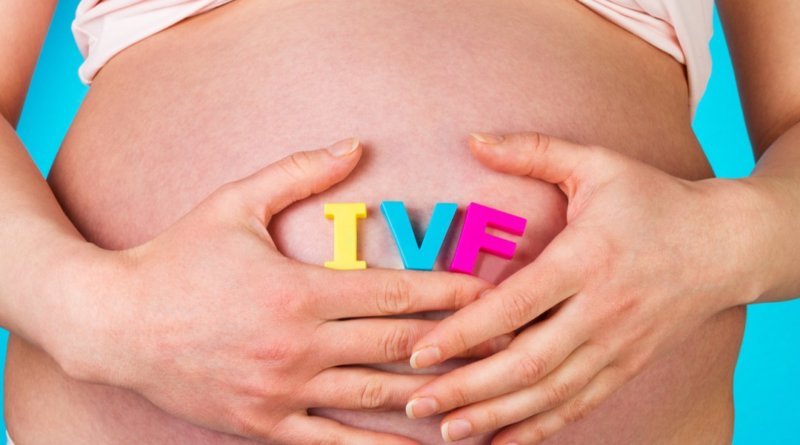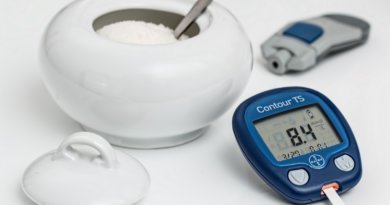What is In Vitro Fertilization (IVF)
Contents
What is In Vitro Fertilization (IVF)
Many of us these days want to know What is In Vitro Fertilization (IVF)? As these days many women are having a problem in getting pregnant because of different reasons. So, they may look for IVF (in vitro fertilization). As a result, many women find success after trying IVF and successfully they are completing their family.
Nowadays, IVF is a very common or a household word, but years ago, it was not. Couples were not aware of it and this mysterious procedure for infertility was known as Test Tube Baby. The child who born as the first test-tube baby was Louise Brown, born in England in 1978.
Louise was the first child who was conceived outside her mother’s womb with this artificial insemination process. In this artificial insemination process, conception happens either by placing the sperms in the uterus or otherwise normally, whereas, in IVF the process is different.
In IVF, the sperms and eggs are got combined and placed outside the body in the laboratory. After that, once the embryos form then they are placed in the uterus. Basically, it is the process of fertilization that happens by extracting the eggs and by retrieving the sperms.
But this whole procedure is not that simple, it has different steps to reach the desired result. Before we know about the various IVF procedure steps, let’s know why it is used.

Why is IVF(in vitro fertilization) Used?
IVF is used to treat infertility in the following people:
- Unexplained Infertility.
- Individuals with a genetic disorder.
- Antibody Problems.
- Blocked or damaged Fallopian tubes.
- Low Sperm count or Sperm motility in Males.
- Women who suffered from ovulation disorders.
Steps of In Vitro Fertilization (IVF) Process
These days infertility has become one of the major problems all over the world. In fact, every one in ten coupes has difficulty in conception. But now with the help of this modern treatment of fertility especially IVF, couples are able to fulfill their dreams of becoming parents.
Also Read: How to Induce a Miscarriage Naturally
Here are some of the important to be known steps or facts to know about IVF before proceeding for it.
Medications
The first and the most important step is to give hormones medicines and injection for the healthy stimulation of egg development. Multiple eggs are required because not all the eggs are fertilizing after retrieval.
You will be under observation that your ovaries are producing enough number of eggs and also your hormones level are normal or not at the time of the procedure. The number of producing eggs increases the chances of pregnancy in the IVF process.
If in case, a woman cannot produce eggs, she can also ask for the donor eggs in this process.
Egg Harvesting
Next step in the IVF process is to collect the eggs from the ovaries via a minor surgery. Before the surgery, the woman is sedated and then the eggs are retrieved. Doctors use a very thin needle that is passed through the upper vaginal wall and the fluid is removed with utmost care and gentle suction.
Later medicines are provided to reduce the pain or any kind of discomfort.
Fertilization
The next step in the IVF process is to ask the male to produce the sample of sperms which is then prepared for combining with the eggs. Through different technologies of fertilization, eggs and sperms are combined in a lab. Next step is to secure the sperm sample in a chamber and the most active sperm is mixed with the egg.
Some of the times the sperm is directly injected into the egg and then they are placed in an incubator. They are kept under observation to make sure the healthy embryo develops. The embryologists observe the embryo while they are growing, as they grow from two cells to four cells to eight cells.
Embryo Transfer and Implantation
The last important step of the IVF process is to transfer the embryo into the woman’s uterus. During this procedure, the woman’s uterus is watched through an ultrasound and a small catheter or small tube is placed into the uterine cavity through the cervix.
Also Read: How to Maintain a Healthy Pregnancy
Then the embryos are placed in the uterus. This process is painless, but in some cases, women may feel mild cramping. So, generally after the IVF process, complete bed rest for around 24 hours is often advised to the woman.
Side Effects of IVF (in vitro fertilization)
Many of the women who go through this procedure find it easy once it is done and so the even resume their normal daily activities as well. Whereas, on the other hand, some experienced some side effects of IVF like:
- Breast Tenderness
- Constipation
- Mild bloating and cramping
- Passing a small amount of fluid.
- Hot flashes
- Abdominal Bloating
- Headaches
- Mood Swings
Multiple Embryo Transfer risk
In some cases, couples ask to transfer multiple embryos during the IVF procedure. It has both benefits as well as risks. With the increased chance of conception, the risk of becoming pregnant with multiples also increases. Also, there are some health issues that might happen to the woman with multiples, like:
- Complete Bed Rest
- C-Section
- Emotional Stress
- Gestational Diabetes
- Heart Problems
- Premature Birth
- Fatigue
- Heartburn
- Nausea & Vomiting
- High Blood Pressure
In some case who give birth too, multiples experienced no or little health issues while some are just uncomfortable or suffers from critical consequences.
It also sometimes affects your emotional health like feeling depressed or isolated. As there can be some complications can happen so it advisable to seek professional mental health from a counselor.
How Successful is IVF (in vitro fertilization)?
The success rate of IVF depends on many factors that include the reproductive history, maternal age, infertility cause, and the most important the couple’s lifestyle. Another thing that needs to understand is that the pregnancy rates and the live birth rates are different everywhere.
- 41-43% chances for Women Under the Age 35
- 33-36% chances for Women ages 35-37
- 23-27% chances for Women ages 38-40
- 13-18% chances for Women ages over 40
Generally, IVF is for those for whom fertility drugs, surgery, and artificial insemination haven’t worked. They opt for IVF and carefully follow the steps and treatment. One of the most common and important questions that generally come to your mind while proceeding for the IVF treatment is:
How do I choose the best Infertility Clinic?
Best way to choose the best infertility clinic is to first explore some of the famous and well-known IVF clinics in your area. Check out their reviews and their success rate in the past years according to the age and infertility problem. Apart from checking all this also look out for some queries like:
- What is your Pregnancy ratio per embryo transfer?
- What is the Pregnancy rate for elder couples?
- What is the pregnancy rate with different fertility problems?
- What is the live birth success rate of the couples?
- How many deliveries are twins or multiple births?
- What is the cost of the whole procedure including the hormone treatment as well?
- How long we can store the hormones and what is the cost to store embryos?
- Is there any issue with IVF to consider?
Before you proceed for the in vitro fertilization process, clear all your doubts and queries from the IVF center.
Conclusion
In this article, we have discussed What is IVF (in vitro fertilization) and what are the other factors related to it. Before planning for the IVF procedure, it is better to make an informed choice about all the things like finance, mental state, single or multiple embryos transfers, best in vitro fertilization clinic with maximum success rate.





